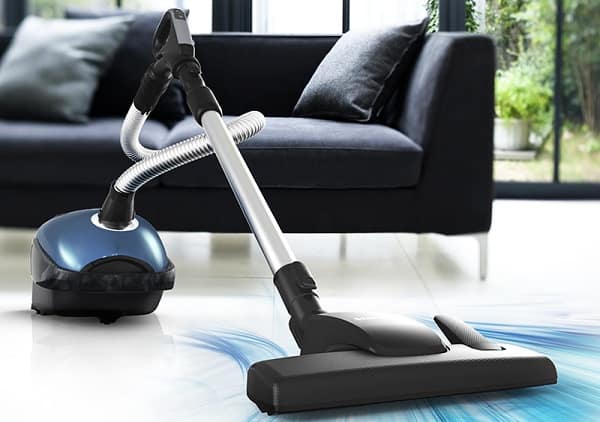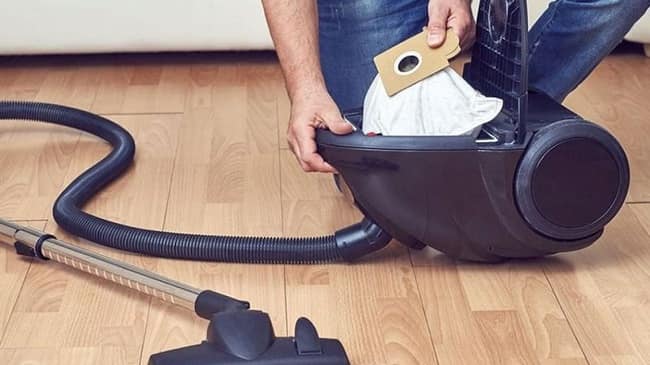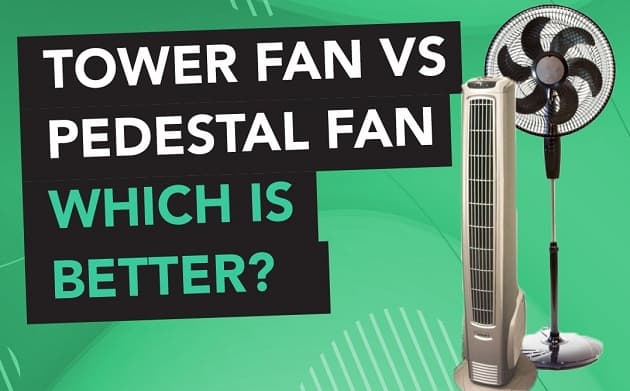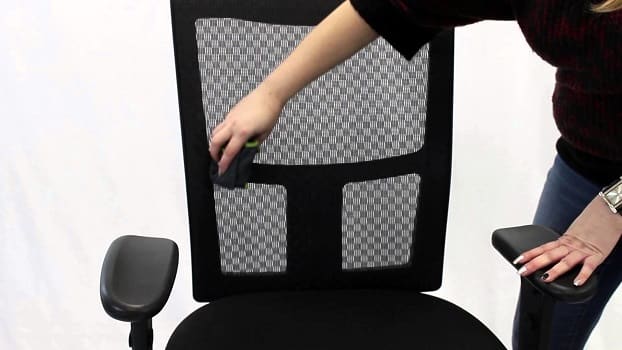If your home vacuum cleaner, which is your favorite house helper, appears to be losing its power and leaving things behind, and you are concerned about the significant sum you will have to invest in it, read on. As a result, it is preferable to conduct the necessary checks on your vacuum cleaners lost suction before taking it in for repair:
There are a variety of factors that can cause a vacuum cleaner to lose the suction force.

1. When the canister is full and doesn’t allow suction
It may seem a little trite, but if this is the first vacuum cleaner, there is a good probability that you are not conscious that the volume of dust in the air also has an impact on the vacuum’s suction power. Its suction system must have plenty of room for airflow for it to function properly. It is preferable to unload the vacuum bag and bin to function more efficiently.
2. When the vacuum cleaner bag is full

If your vacuum is still not picking up on the lower setting, its next step is to determine whether a filled vacuum bag or collecting bin is to blame for the vacuum’s lack of suction. Fortunately, determining that this is the root reason for your vacuum’s poor performance is a simple process.
In addition to the front of the bagless vacuum, the suction bag of both an upright and a canister vacuum will have a fill line printed on it. If the dirt and hair have accumulated to the point that they have reached the filling line of either collecting spot, there is no more room for the material to gather. The vacuum will keep making noises as if it is working, but it will lack the suction power necessary to pick up the debris on your floor. A vacuum’s suction problems are most frequently resolved by simply emptying or replacing the vacuum bag.
3. If filters are clogged
Vacuum cleaners are available with a variety of foam and mesh filters. If these are not cleaned or changed properly, they may become clogged over time. As a result, the suction on your vacuum will be reduced.
4. Checking its hose for blockage
A clogged hose will result in a loss of suction from your vacuum. Investigate the hose & attachments to check if there is an obstruction in the airflow such as a foreign object, dust, or a hairball. It is possible to unclog the hose with the assistance of a large stick or the handle of an old broom.
5. Checking the hose for tears or cracks
It is important to inspect the hose for damage, as air entering through a split or tear will result in a loss of suction. If you do discover a tear, call a service professional that has been authorized to repair it.
6. Checking the roller or brush for clogging
To clean the bristle or roller, turn it upside down and wipe it down with soap and water. Dust and hair can accumulate in them, causing them to become clogged or jammed over time, resulting in your vacuum cleaner losing suction. Some brushes can be disassembled to make cleaning them easier. Read your user manual for information on how to disassemble any parts that may be disassembled. Each type may have its own set of instructions.
7. Make sure the parts are properly attached
Your vacuum cleaners suction will be reduced as a result of faulty connections. Check to see that the dirt container, the tube, the hose, and the brushes are all securely fastened to the machine.
8. Check height setting
The simplest and most fundamental reason a vacuum isn’t cleaning up stuff off the floor is that the vacuum’s height setting is set too high for the kind of floor you’re vacuuming, as seen in the image below. A vacuum is often controlled by a small dial or lever that can be raised or lowered. A sign that reads “Bare floor” and then has the digits one through five on it is an example.
If you have tiles, wood, or even hard flooring, the bare floor setting is the lowest on the vacuum can just go & should be used since it will bond the vacuum to the floor, allowing for the most amount of suction power. The nearer the dial and lever are to the plain floor setting, the lower the carpet should be installed on the floor. The first thing you should attempt if your vacuum isn’t working is to turn it down to the minimum setting & see if that fixes.
9. Jammed Surface Unit Rollers
If it isn’t the overflow bag or the clogged hose, these are the blocked vacuum rollers that are in charge of gathering the grime from the flooring and carpets, according to the manufacturer. The brushes on these rollers are still in good condition, allowing the dust to become entangled in them. These rollers are supported by a system of bearings, which enable them to revolve consistently.
You must determine whether the bearings are corroded or whether the roller is damaged. A faulty roller will keep halting and will only leave a partial trail of dust behind it. You may quickly change a new one without having to take it to a repair shop up to the top.
10. Leaking Vacuum Pressure
Just by looking at the name of the vacuum cleaner, you can tell what it does and how it works. If the entire arrangement is not airtight, the suction will likely be lost altogether. Check to see that the vacuum hose has not been broken along its edges, or that the connecting hubs of a hose have not been damaged.
Duct tape can be used to keep the suction in the entire system from being disrupted or compromised.
11. Electric Motor providing low suction power
The vacuum cleaners motor is the heart and soul of the entire equipment. It drives everything. Perhaps the most significant factor contributing to your vacuum cleaners decreased suction ability is this. The vacuum cleaners electric motor is connected to a fan, which helps to circulate the air. Unlike the other fans, this one operates in a reverse way, creating negative pressure within the machine. If the electric motor of the vacuum cleaner is damaged, the suction power of the vacuum cleaner may be reduced. It is recommended that the motor be replaced to get the cleaning back on track.
12. Jammed Vacuum Hose failing air drawing
The vacuum hose is a long, flexible line that connects the primary vacuuming unit to a surface suction setup. It is made of flexible rubber. If you look closely, you will notice that the outside of a hose has small zig-zag shapes. These abrupt features contribute to the increased longevity of the hose.
However, as a drawback, the hose is prone to become clogged by significant amounts of dirt as it passes through these formations. The quickest and most effective method of cleaning the vacuum line is to disconnect it from both units and run a metal wire down its entire length. Never forget to reconnect it properly to prevent any further suction leaks.
13. Check technical problems
If the problem persists, your vacuum cleaner may be experiencing a technical malfunction. If you have any reason to believe this is the case, call an authorized service person.

Santosh Kumar is an editor at unfoldstuffs.com and a professional content writer. With years of experience he is passionate for creating engaging, informative and impactful topics.









